Beaux Art Trio - Beethoven: The Piano Trios (5CD) (2001)
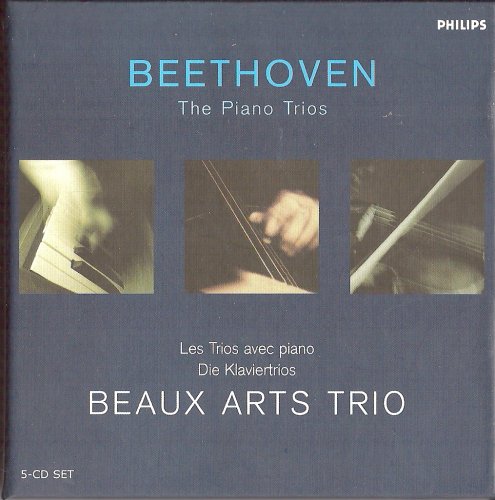
Artist: Beaux Art Trio
Title: Beethoven: The Piano Trios
Year Of Release: 2001
Label: Philips
Genre: Classical
Quality: FLAC (image+.cue,log,scans)
Total Time: 05:56:26
Total Size: 1.54 Gb
WebSite: Album Preview
Tracklist: Title: Beethoven: The Piano Trios
Year Of Release: 2001
Label: Philips
Genre: Classical
Quality: FLAC (image+.cue,log,scans)
Total Time: 05:56:26
Total Size: 1.54 Gb
WebSite: Album Preview
CD 1
Trio No.1 in E flat major, op.1 no.1
[01] - I. Allegro
[02] - II. Adagio cantabile
[03] - III. Scherzo: Allegro assai
[04] - IV. Finale: Presto
Trio No.2 in G major, op.1 no.2
[05] - I. Adagio - Allegro vivace
[06] - II. Largo con espressione
[07] - III. Scherzo: Allegro
[08] - IV. Finale: Presto
[09] Trio No.8 in one movement in B flat major, WoO 39 - Allegretto
CD 2
Trio No.3 in C minor, op.1 no.3
[01] - I. Allegro con brio
[02] - II. Andante cantabile con variazioni
[03] - III. Menuetto: Quasi allegro
[04] - IV. Finale: Prestissimo
Trio No.6 in E flat major, op.70 no.2
[05] - I. Poco sostenuto - Allegro ma non troppo
[06] - II. Allegretto
[07] - III. Allegretto ma non troppo
[08] - IV. Finale: Allegro
[09] Trio No.10 in E flat major, op.44 - 14 Variations on an original theme - Tema (Andante) con variazioni
CD 3
Trio No.7 in B flat major, op.97 'Archduke'
[01] - I. Allegro moderato
[02] - II. Scherzo: Allegro
[03] - III. Andante cantabile, ma pero con moto - Poco piu adagio
[04] - IV. Allegro moderato
Trio No.9 in E flat major, WoO 38
[05] - I. Allegro moderato
[06] - II. Scherzo: Allegro ma non troppo
[07] - III. Rondo: Allegretto
[08] Trio No.11 in G major, op.121a - 10 Variations on Wenzel Muller's song 'Ich bin der Schneider Kakadu" - Introduzione (Adagio assai) - Tema (Alegretto) con variazioni
CD 4
Trio in E flat major, op.38 (after Septet, op.20)
[01] - I. Adagio - Allegro con brio
[02] - II. Adagio cantabile
[03] - III. Tempo di menuetto
[04] - IV. Andante con variazioni
[05] - V. Scherzo: Allegro molto e vivace
[06] - VI. Andante con moto alla marcia - Presto
Trio No.5 in D major, op.70 no.1 'Ghost'
[07] - I. Allegro vivace e con brio
[08] - II. Largo assai ed espressivo
[09] - III. Presto
CD 5
Trio in D major (after Symphony No.2)
[01] - I. Adagio - Allegro con brio
[02] - II. Larghetto quasi andante
[03] - III. Scherzo
[04] - IV. Allegro molto
[05] Triosatz in E flat major - Allegretto
Trio No.4 in B flat major, op.11 'Gassenhauer'
[06] - I. Allegro con brio
[07] - II. Adagio
[08] - III. Tema: Pria ch'io l'impegno (Allegretto) con varizaioni
Performers:
The Beaux Art Trio:
Menahem Pressler - piano
Isidore Cohen - violin
Bernard Greenhouse - cello
Growing older doesn’t always mean growing wiser‚ though in the case of the Beaux Arts Trio and Beethoven the passage of some 20¬odd years signalled a rare and fruitful broadening of musical vision. In the period between their two recordings of the Beethoven Piano Trios there had been just one personnel change. Daniel Guilet was replaced by ex¬Juilliard Quartet second violin Isidore Cohen and yet I’ve known some ensembles (I’m thinking specifically of string quartets) where up to three members have changed without effecting such a significant shift in musical emphasis.
The principal route of the Beaux Arts’ interpretative development was forged by the pianist‚ Menahem Pressler‚ whose increased tonal subtlety and willingness to widen expressive dynamics lent the trio a whole new palette of colours. Just listen to the opening of Op 1 No 2’s ineffably deep Largo con espressione. Heard superficially‚ there’s not that much in it between the Pressler of the 1960s and of 1980‚ but labour the comparison and you’ll soon hear the benefits of a more variegated touch and a freer approach to phrasing. There are many other plus¬points. Op 70 No 2‚ for example‚ is less formal than before‚ more appreciative of Beethoven’s strange harmonic innovations (try the piano writing in the third movement) and with a more unbuttoned approach to the finale.
The Archduke is at once softer¬grained and more wistful than its energetic predecessor and you couldn’t hope for a happier rendition of the Septet transcription (ie‚ the E flat Trio‚ Op 38). When it comes to the D major Trio ‘after the Second Symphony’‚ the Beaux Arts hold a weightier view of the piece than the Besch¬Brandis¬Boettcher trio on DG‚ whose lighter‚ more overtly Haydnesque reading omits the first movement’s exposition repeat. That’s another reason for choosing the new Beaux Arts over the old: repeats‚ which were less plentiful in their earlier set.
Philips’ latest slim¬line packaging takes up roughly one¬third of the original’s shelf space. The sound quality is of course just as good: clear‚ full¬bodied and well balanced. The fatter ‘Early Years’ 1960s set is harder on the ear‚ appropriately so given the more severely Classical axis of the performances. As to CD rivals‚ I’d not want to be without the Kempff¬Szeryng¬Fournier set – resonant¬sounding it’s true‚ but a fine example of how three very distinct personalities could pool their musical resources for some highly distinctive interpretations. But given the price‚ the superior sound quality‚ the comprehensive coverage of repertoire (14 works as opposed to 11 in the 1960s Philips set) and the profundity of the Beaux Art’s later interpretative standpoint‚ this new reissue justifies a front¬ranking recommendation. So much is said with so much feeling – and so little fuss – that you’re drawn back again and again.
The principal route of the Beaux Arts’ interpretative development was forged by the pianist‚ Menahem Pressler‚ whose increased tonal subtlety and willingness to widen expressive dynamics lent the trio a whole new palette of colours. Just listen to the opening of Op 1 No 2’s ineffably deep Largo con espressione. Heard superficially‚ there’s not that much in it between the Pressler of the 1960s and of 1980‚ but labour the comparison and you’ll soon hear the benefits of a more variegated touch and a freer approach to phrasing. There are many other plus¬points. Op 70 No 2‚ for example‚ is less formal than before‚ more appreciative of Beethoven’s strange harmonic innovations (try the piano writing in the third movement) and with a more unbuttoned approach to the finale.
The Archduke is at once softer¬grained and more wistful than its energetic predecessor and you couldn’t hope for a happier rendition of the Septet transcription (ie‚ the E flat Trio‚ Op 38). When it comes to the D major Trio ‘after the Second Symphony’‚ the Beaux Arts hold a weightier view of the piece than the Besch¬Brandis¬Boettcher trio on DG‚ whose lighter‚ more overtly Haydnesque reading omits the first movement’s exposition repeat. That’s another reason for choosing the new Beaux Arts over the old: repeats‚ which were less plentiful in their earlier set.
Philips’ latest slim¬line packaging takes up roughly one¬third of the original’s shelf space. The sound quality is of course just as good: clear‚ full¬bodied and well balanced. The fatter ‘Early Years’ 1960s set is harder on the ear‚ appropriately so given the more severely Classical axis of the performances. As to CD rivals‚ I’d not want to be without the Kempff¬Szeryng¬Fournier set – resonant¬sounding it’s true‚ but a fine example of how three very distinct personalities could pool their musical resources for some highly distinctive interpretations. But given the price‚ the superior sound quality‚ the comprehensive coverage of repertoire (14 works as opposed to 11 in the 1960s Philips set) and the profundity of the Beaux Art’s later interpretative standpoint‚ this new reissue justifies a front¬ranking recommendation. So much is said with so much feeling – and so little fuss – that you’re drawn back again and again.
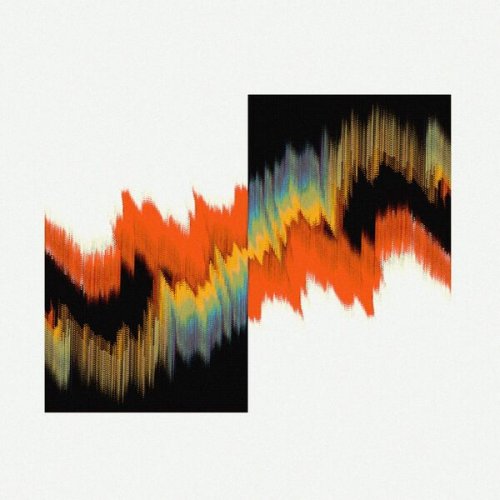

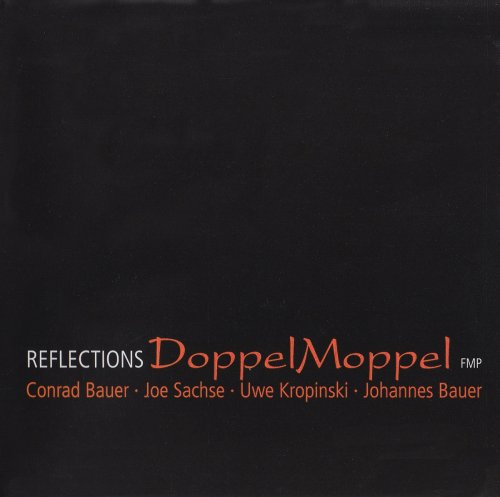
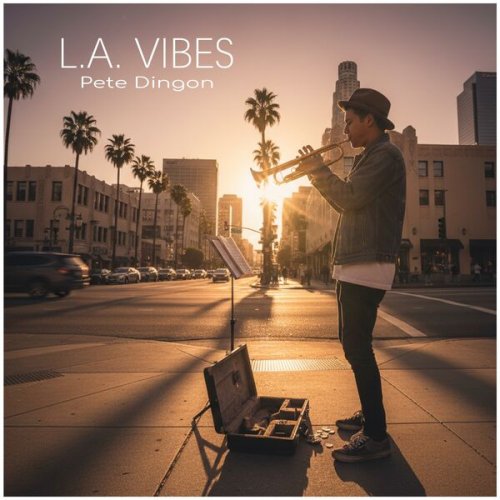
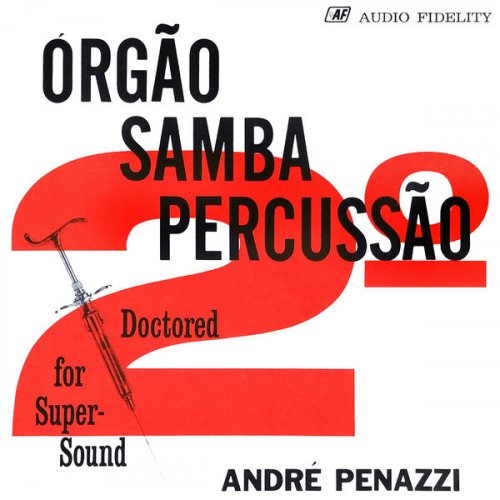
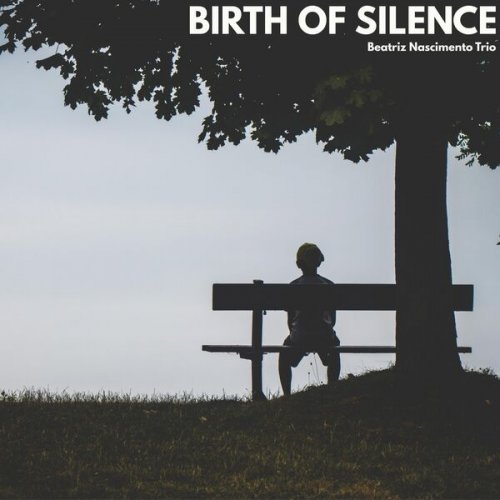
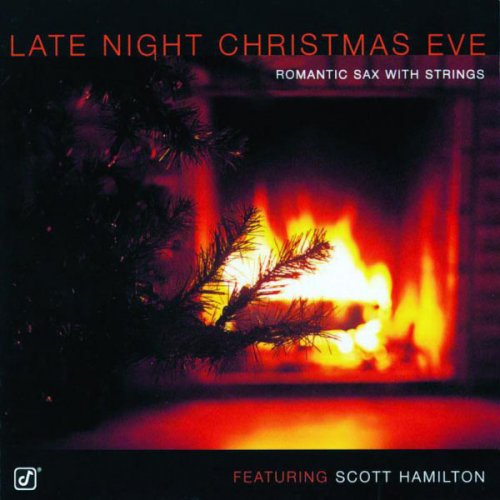
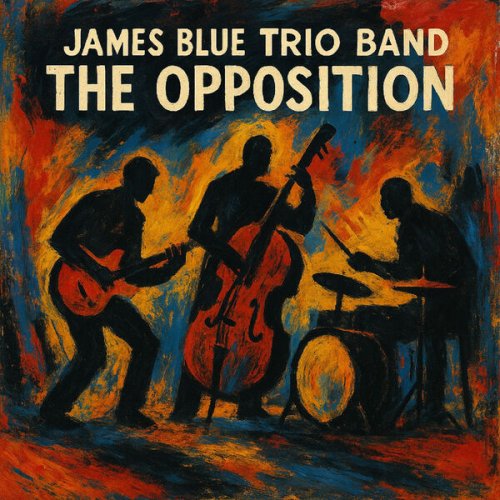
![Woo - Whichever Way You Are Going, You Are Going Wrong (Expanded Edition) (2026) [Hi-Res] Woo - Whichever Way You Are Going, You Are Going Wrong (Expanded Edition) (2026) [Hi-Res]](https://www.dibpic.com/uploads/posts/2026-01/1768384154_gjaj7otcbs28a_600.jpg)